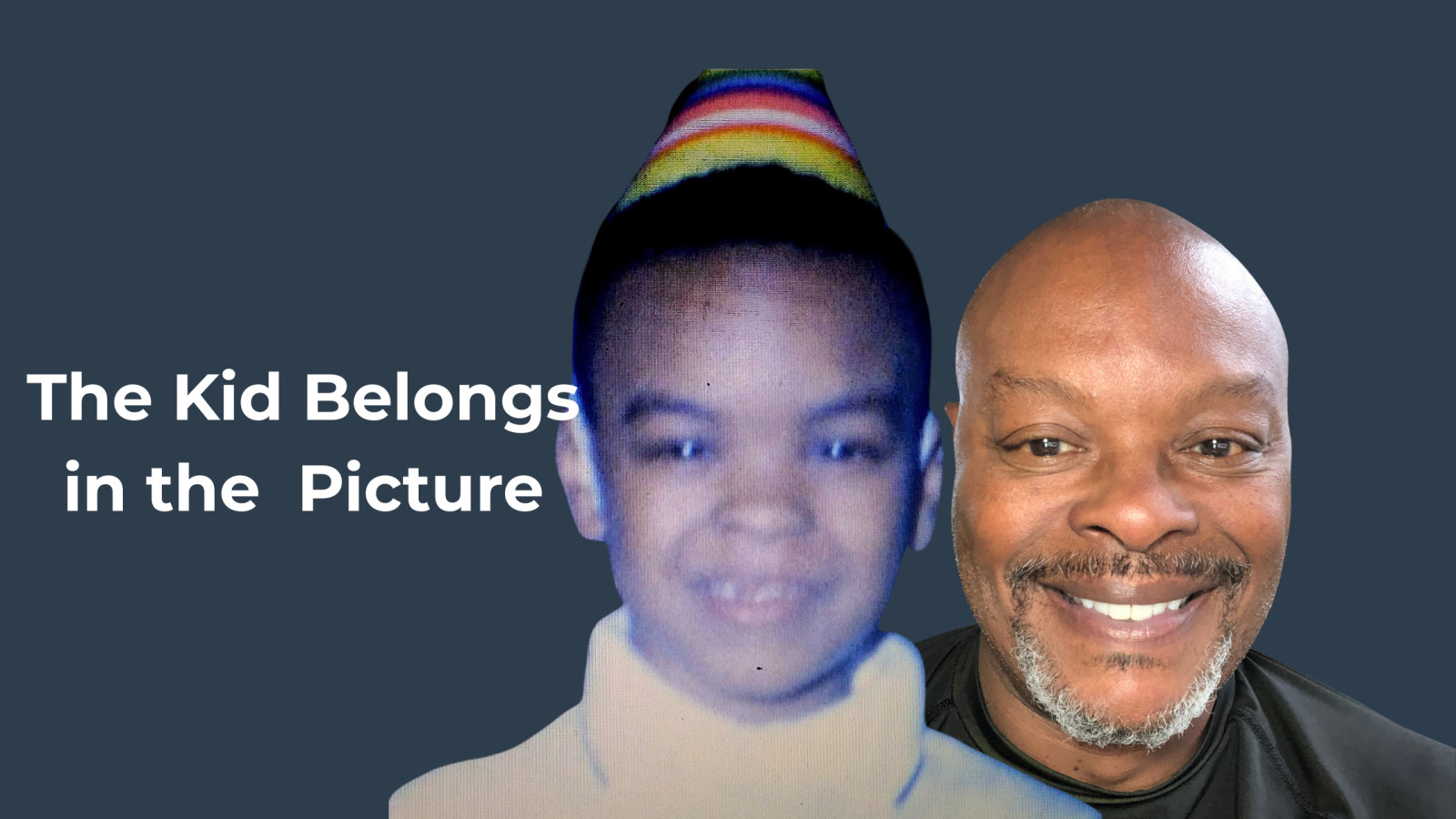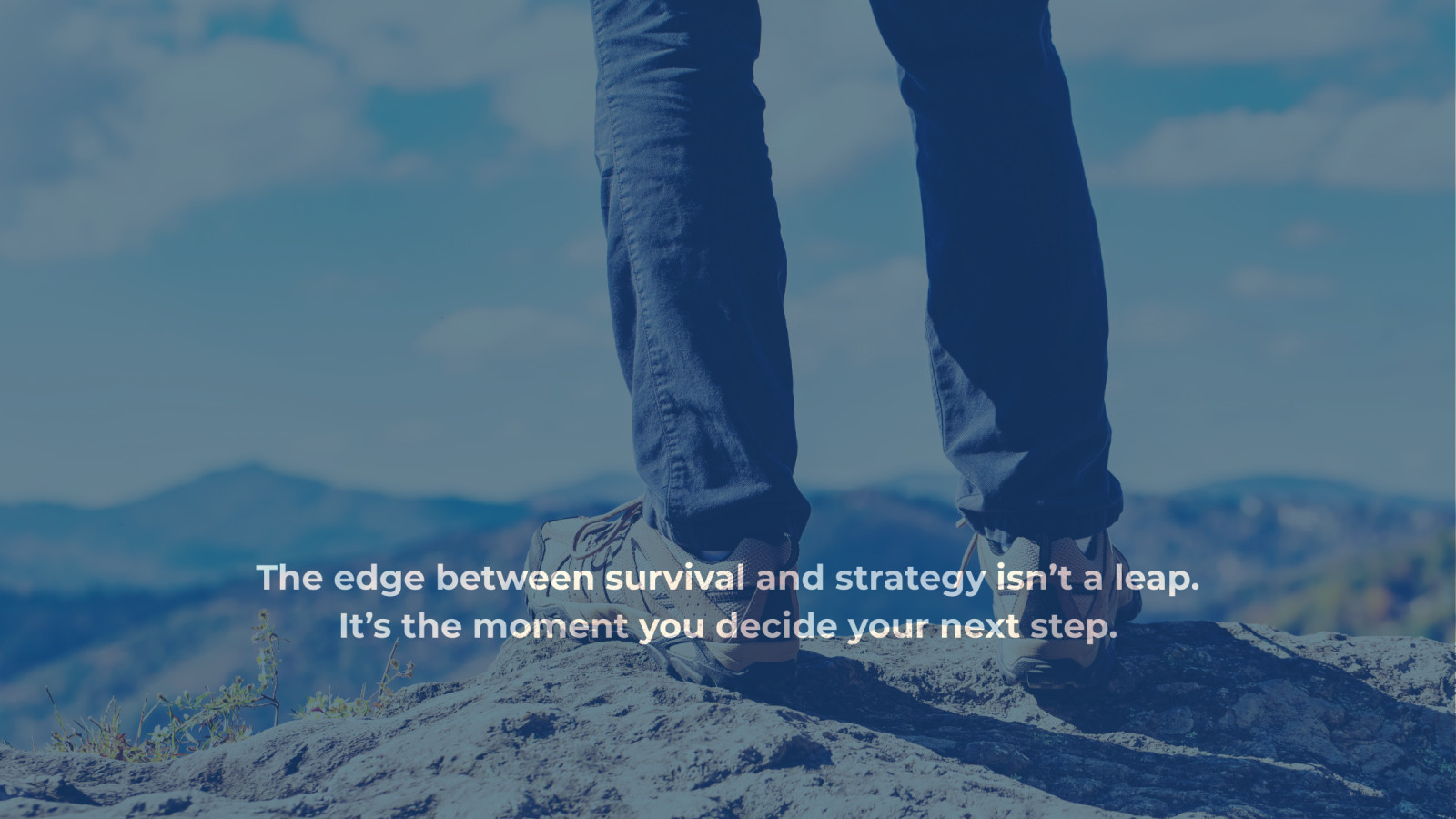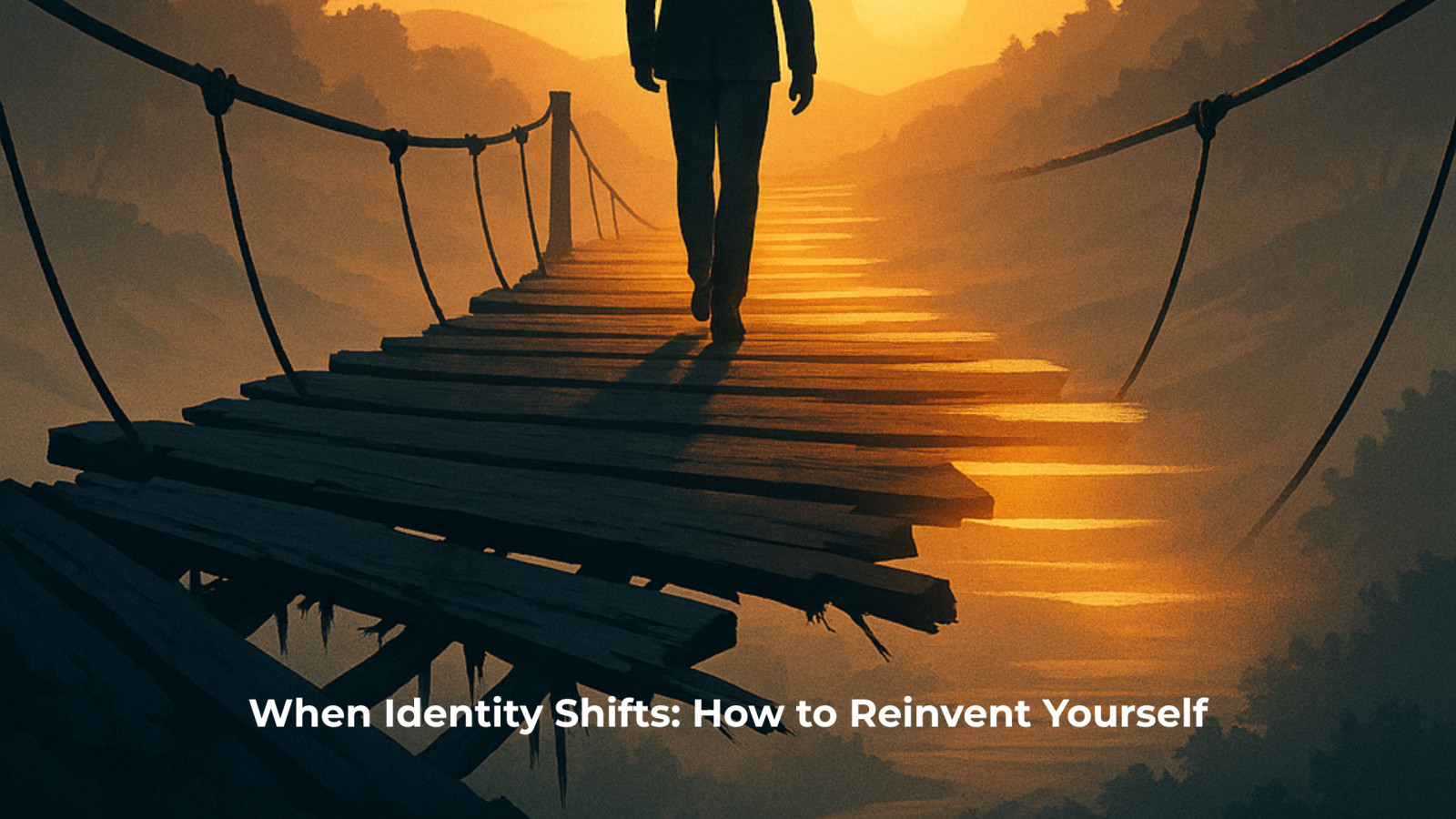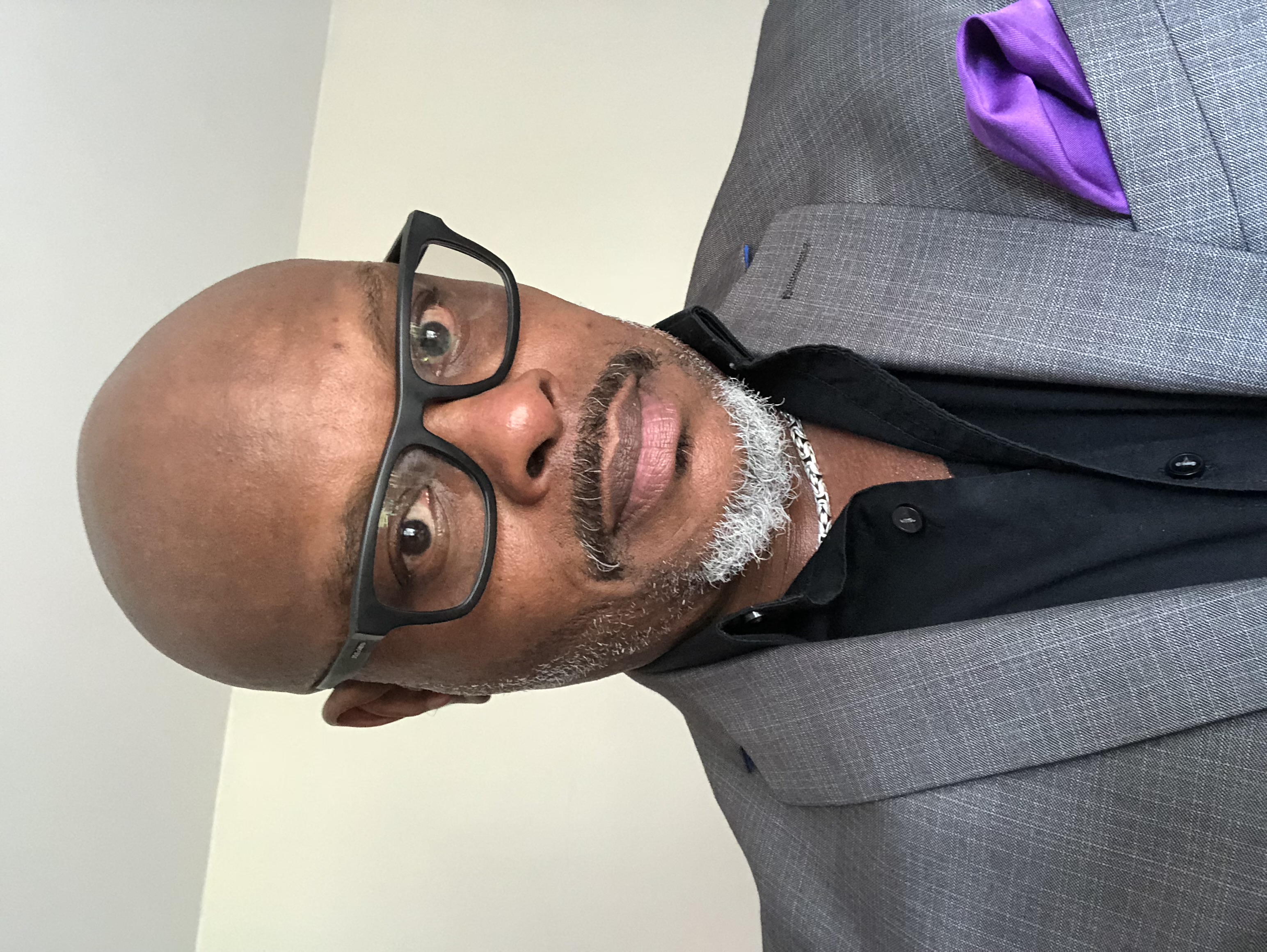
Finding Your Voice in the Noise: My Journey Back to the Man I Was Meant to Be
What You'll Learn
- Why self-silencing happens
- How it affects identity and relationships
- 4 practical ways to start listening again
Have you ever felt like you were living someone else’s life?
I did.
On the outside, I had it together. I knew the roles I was supposed to play: the strong one, the leader, the faithful servant, the dependable man.
But inside?
I was crumbling.
I had silenced parts of my life—and parts of myself—for so long that I couldn’t even hear my own voice anymore. Not clearly. Not consistently. And definitely not with confidence.
Looking back, I didn’t lose myself all at once. It happened in pieces.
A little as a child.
A little in my marriage.
I lost my voice searching for acceptance. For approval. For peace. For survival.
And for a long time, it worked.
But eventually, I realized I had vanished in plain sight.
By the time I noticed how far I’d drifted, my voice was already mute. I was deep into a marriage that wasn’t working. And it wasn’t until after the divorce that I finally slowed down enough to begin reclaiming my identity and trace my origin story.
Here’s what I found:
I didn’t grow with low self-esteem—or at least, I didn’t believe I did.
As a kid, I was outgoing. Gregarious. A talker. Creative. Adventurous.
But somewhere along the way, something shifted.
One traumatic childhood moment stood out—one that I barely understood at the time—it left a deep mark on me.
It stunted something inside. And as I traced the timeline of my emotional healing journey, I realized that moment touched every part of my life.
That’s when my voice started to leave.
That’s when I began losing myself.
How Self-Silencing Destroys Identity: The Noise That Drowns Us
The loss of your voice doesn’t always begin with chaos.
Sometimes, it starts with applause. Adulation. Attention.
Sometimes, with expectations. Unspoken societal rules. Invisible cultural norms.
These are things you learn to follow just to stay safe, accepted, or strong.
Here’s how it happened:
I didn’t stop speaking overnight.
I just started speaking less of what was true.
I started listening to the narratives that I was being told. Listening to others define who I was, who I could be, how I should be. And worst yet, I started to believe it, even as a child, but back then you modeled what you saw.
I’ve written about my dad and the kind of man he was. I’ve definitely modeled what I saw in him for my life. And I love my dad, but all that he was didn’t represent all that I was or all that I was becoming as I grew up. And this is in no way denigrating the memory of my father. It’s an example of the unspoken norms we begin to live with at a young age.
So, for me that trauma left me saying less.
Less of what I really felt.
Less of what I really needed.
Less of who I really was.
On the outside, I was still the boy, the teen, the young man, the father, the husband that everyone expected. I did what I was supposed to do. All the things. I was in survival mode.
I got fluent in the language of other people’s needs—and slowly forgot the sound of my own soul.
What I now understand is this:
We don’t silence ourselves because we’re weak. It’s our protection.
We silence ourselves because at some point, it worked.
It kept the peace.
It kept us included.
It kept us alive.
That’s the paradox of performance and survival: the more you master the mask, the more your true identity starts to fade.
Psychologists refer to this as self-silencing—the habit of suppressing your own voice, feelings, and identity to avoid conflict or preserve relationships.
Over time, it creates emotional disconnection and a loss of self.
I know it well.
The pressure to be the “strong Black man.”
The unspoken demand to keep it together in ministry.
The identity I wrapped around being successful, needed, married, useful.
So, what is self-silencing, really?
Psychologist Dr. Amber Price describes it as a pattern where people suppress their emotions, needs, and identity to maintain relationships, avoid conflict, or live up to external expectations.
1. Silencing the Self
You stop sharing your real thoughts and feelings to keep the peace or protect others.
✅ That was me—holding back frustration, sadness, fear—because I didn’t want to rock the boat.
2. Externalized Self-Perception
You start seeing yourself through others’ eyes instead of your own.
✅ I performed roles not always out of purpose, but out of perception.
3. The Divided Self
You act one way on the outside but feel completely different on the inside.
✅ That smile? It was a mask. That confidence? Half real, half rehearsed.
4. The Care as Self-Sacrifice Belief
You believe loving others means abandoning yourself.
✅ This one nearly broke me. I thought being selfless meant being voiceless. That serving meant shrinking.
I didn’t just silence myself to avoid rejection.
I did it because I thought it was right.
Because I thought that’s what a good man, a good husband, a good Christian did.
But what I found I this:
What protects you in one season can imprison you in another.
And that’s when the noise gets loud—the noise of culture, religion, family, fear.
But if you’re willing to listen—beneath the expectations, beneath the performance—there’s a voice still waiting for you.
Your own.
In trying to be everything for everyone, I stopped being anything authentic for myself.
That’s the noise—the cultural noise, the spiritual noise, the family expectations, and the internal dialogue that convinces you to stay quiet.
But buried under all that noise is your voice.
Your real voice.
That’s the voice that saves you… if you’re willing to listen.
Listening for the Whisper: How Alignment Begins With Awarness
Sometimes, the shift begins as a whisper.
That’s how my shift started.
It was these quiet moments of knowing something wasn’t quite right.
The constant pull between the inner me and the manufactured front man I had become.
The tension to be me—authentically.
It wasn’t a dramatic breakdown.
Just a subtle ache… a sense that the thing that was off… was me.
I started to notice the numbness.
Not sadness. Not anger. Not anxiety.
Just… a dullness.
Like I had been living on autopilot.
Showing up in a life that looked like mine—the one I created but no longer wanted.
That numbness wasn’t the problem.
It was the symptom.
A signal.
“You’ve been gone too long.”
Why We Choose Silence Over Truth (And How To Break Free)
Here’s the thing: once you’ve self-silenced, the comeback can be confronting.
I didn’t have language for what I was feeling.
But deep down, I knew I had outgrown the mask.
I was exhausted by the performance.
Tired of being known for what I did… and never really seen for who I was.
And still—I hesitated.
Because when you’ve been silent for so long, speaking up can feel like betrayal.
When you’ve lived for others’ approval, your truth can feel dangerous.
And when your identity is built on being strong, even softness can feel like weakness.
But here’s what I’ve learned:
Your voice doesn’t return with volume. It returns with honesty.
It doesn’t demand you shout. It invites you to tell the truth—even if your voice trembles when you speak it.
My Truth?
The trauma that started this cycle? I didn’t suppress it. I swallowed it.
I took that trauma and used it as fuel—for ambition, for achievement, for proving I was worthy.
It shaped how I approached relationships, fatherhood, marriage, and work.
Here’s what I believed:
The trauma only wins if I let it break me.
So, I ran faster. Pushed harder. Achieved more.
It reminds me of my battle with prostate cancer.
I was determined to live fully despite what it did to my body.
But in truth?
I had let the trauma alter my sense of self.
That was the quiet truth creeping in.
Step One Is Listening
This is why Step 1 of the 6 Steps to a New You starts here: with awareness.
With the courage to sit in the discomfort long enough to name what’s missing.
Not to fix it. Not yet.
But to listen.
Because awareness is always the beginning of alignment.
The Takeaway
You don’t have to shout to find yourself again.
You just have to listen.
Really listen.
Because your voice—your real voice—is still there.
And it’s not angry. It’s not bitter.
It’s just ready.
Feeling this?
Start your own “New You” journey with the free guide.
The Cost of Silence, the Power of Truth
When I started telling the truth in small ways, the world didn’t fall apart.
In fact, it started to make more sense.
- I set new boundaries that protected my peace.
- I started honoring my desires—not just my duties.
- I stopped apologizing for wanting more.
The more I listened, the more I heard—not just my voice, but God’s.
Not just my fears, but my fire.
If you’re in that in-between space right now—where the noise is loud and your voice feels faint—know this:
You’re not lost. You’re being invited.
Back to your truth.
Back to your voice.
Back to the version of you that was never meant to be silenced.
This is where your new life begins.
Not with a 10-step fix.
But with one bold confession:
“This isn’t me. Not fully. Not anymore.”
Walking Through Step One: 4 Ways to Start Listening Again
If you’re ready to begin reclaiming your voice, here are four small but powerful ways to walk through Step 1 and Own the Disconnection—plus one bonus move that will deepen the process.
1. Create Quiet on Purpose
You can’t hear your voice over constant noise. Set aside 10–15 minutes daily—no phone, no agenda—just you, silence, and stillness. Let the discomfort speak.
2. Write Without Editing
Use a journal or notes app. Start with: “What I’m afraid to say is…” or “The part of me I’ve been ignoring is…”
Let it flow. Honesty first, clarity later.
3. Name What No Longer Fits
Ask yourself: What roles, routines, or relationships feel misaligned?
Don’t judge—just name them. Naming is reclaiming.
4. Track the Disconnect Moments
Throughout your day, notice when you feel tension, withdrawal, or internal resistance—especially in conversations, commitments, or decisions.
Ask yourself: What part of me didn’t show up just now?
This simple check-in helps you catch those moments where your voice wants to speak but doesn’t. That’s where the healing begins.
Bonus: Tell One Trusted Person the Truth
Choose someone safe. Share one thing you’ve been holding back.
When you speak it out loud, the silence starts to lose its grip.
Final Thought
Reclaiming your voice isn’t about being louder.
It’s about being truer.
Step 1 isn’t flashy. It’s not always comfortable.
But it’s where everything begins.
Because once you start listening—really listening—
you’ll realize your voice was never gone.
It was just waiting for permission.
Give it.
Ready to Take the First Step?
If this message resonates, then you’re right where you need to be.
If you want to go deeper:
Book a free strategy session with me—60 minutes to get clear on what’s got you stuck, and what’s keeping you from moving forward.
Leave a comment and let me know: When did you first realize your voice had gone quiet?





















0 Comments